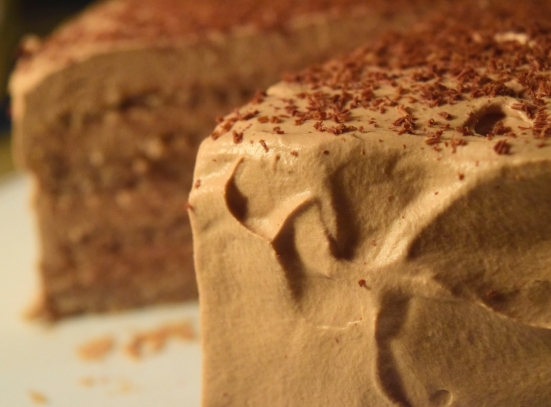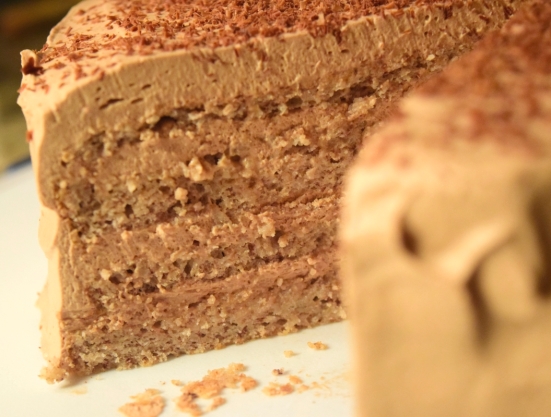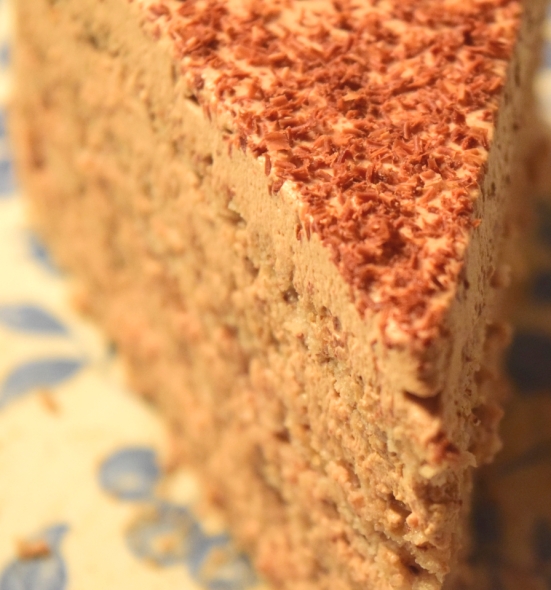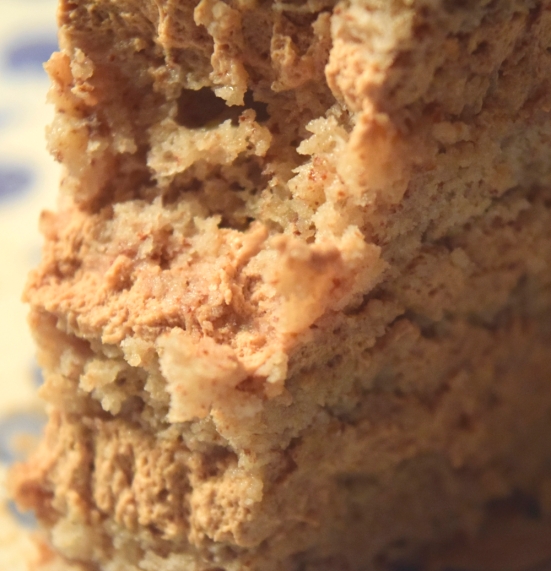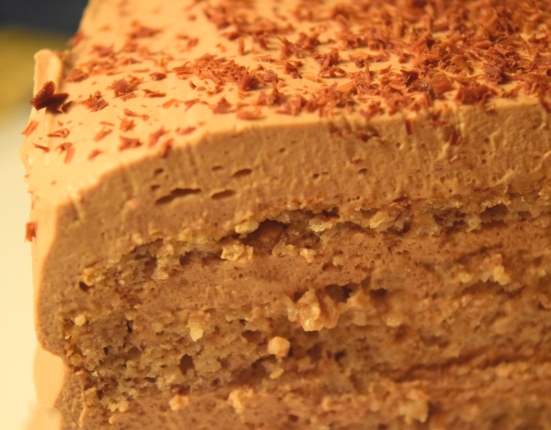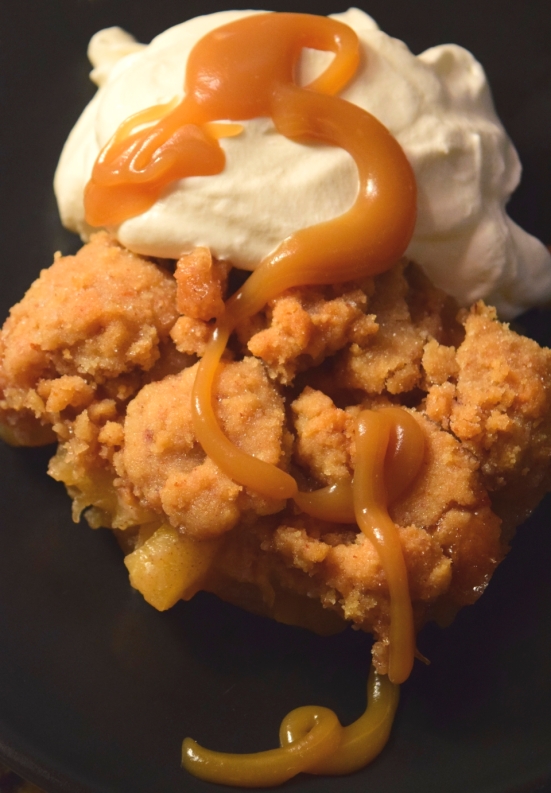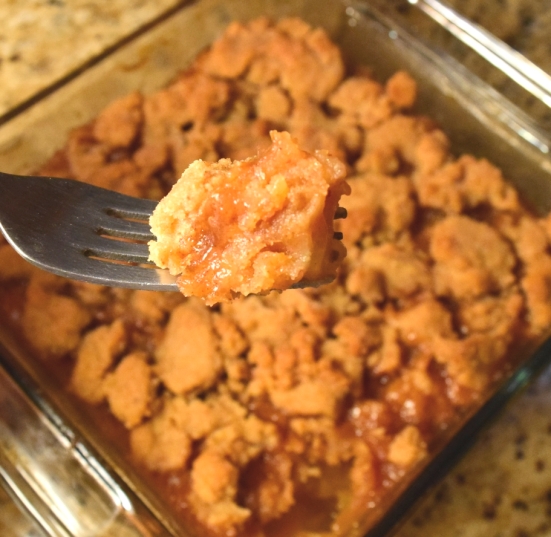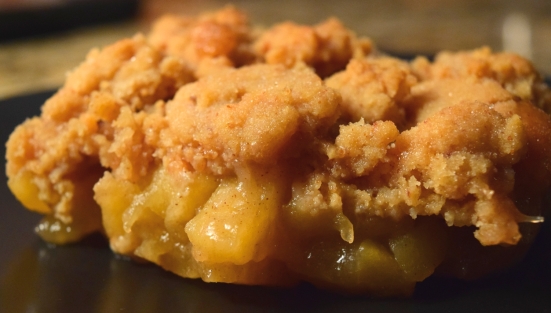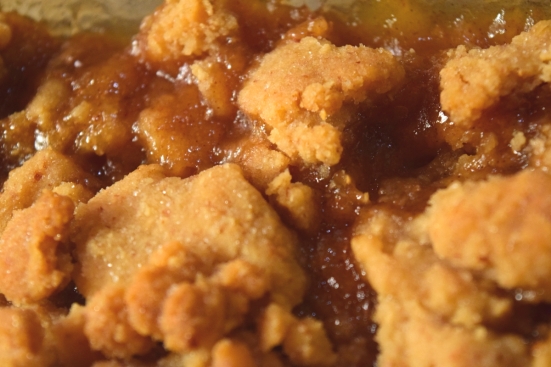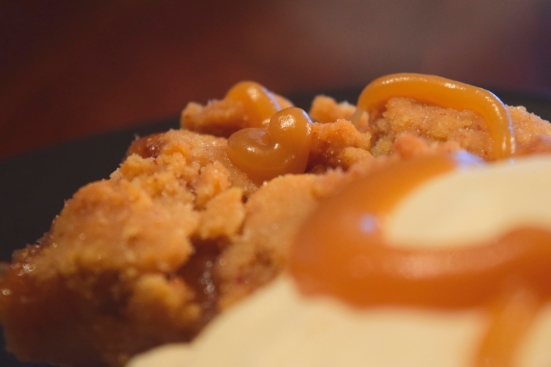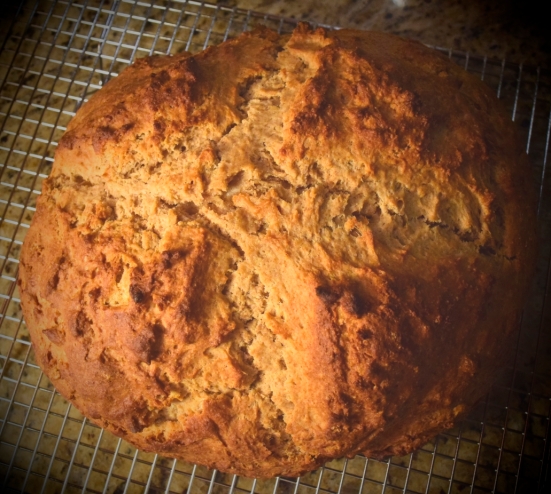
I think soda bread is my favourite from-scratch bread. It has a tender but firm crumb, and can go savory or sweet: It’s there where, when, and how you need it. Served with butter and jam, it even makes for a lovely rustic dessert.
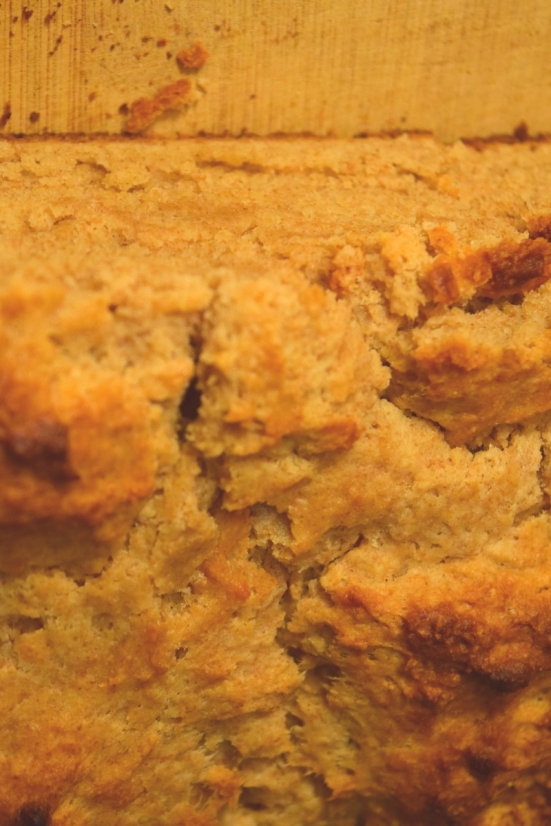
And it’s just plain fun to make; I like to think I am carrying on the tradition of Irish housewives when I make this. It seems like fewer and fewer people bother to make their own bread anymore, and I wonder if breadmaking and pastry chef-ing in general are truly on their way to becoming lost arts. When Sandra Lee is a viable TV “chef,” society has reached the stage of needing professional help. But I digress. 🙂
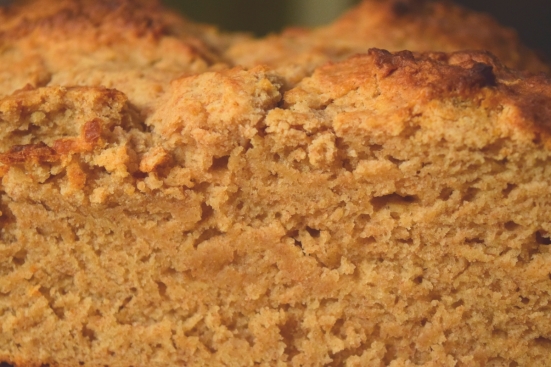
I recently made soda bread again for the first time in a long while, using Mrs O’Callaghan’s recipe. As I read through the recipe, I thought it sounded clumsy, and so I set out to make it better. The measurements I give in the original recipe are vague – in volume rather than weight. I wanted a more precise recipe, so I looked up what the average weight of each kind of flour is per cup, and I used those weights in my revamp of this recipe. Next, I took out the flax seed entirely, as I had added it in the deluded belief that flax seed makes bread healthy. It doesn’t. Carbs are carbs; carbs with flax seed added are simply carbs with flax seed added (which itself has carbs). Then I increased the amount of butter by nearly double, and I changed the kneading methodology to get the tender, moist crumb you see in the photo above. Instead of simply cutting in all of the butter, I cut in the first half of the butter, then fraisaged in the remaining butter with the heel of my hand as if I were making puff pastry. This left larger chunks of butter in the batter along with the finer pea-sized crumbs that result from cutting in butter with a pastry cutter, and it coated more of the flour in butter, which retards the formation of gluten and makes for a lighter, more tender crumb. Finally, I baked the bread in a cast-iron skillet, having been inspired by skillet chocolate chip cookie recipes. I got exactly what I wanted: a really fabulous soda bread recipe that bakes more evenly, offers a moister, more toothsome crumb, and has a richer flavour thanks to the addition of more butter and slightly more buttermilk. I hope you enjoy it. 🙂

Soda Bread
Yield: One 8″ round loaf
Ingredients:
384 g. whole wheat flour
330 g. all-purpose flour
60 g. cake flour
1 generous tsp. baking soda
generous 1/2 c. light brown sugar
1 tsp. Kosher salt
1 stick + 74 g. unsalted butter, cut into 1/2″ pieces and divided (this recipe turns out fine if you use 2 whole sticks of butter)
2 c. buttermilk, plus up to an additional 1/3 c. as needed to correct dough’s consistency
Method:
Preheat oven to 425°F.
Stir together dry ingredients in large bowl (8 quarts is ideal for this). Cut in brown sugar until no lumps remain. Cut in 1 stick of butter until butter is in small pieces. Press remaining 74 g. of butter into dough with your hands, leaving the butter in larger pieces this time. Stir in buttermilk. Dough should form a shaggy but cohesive ball; add more buttermilk as needed to reach this consistency.
Form dough into a 7″ round in a 9″ or larger cast iron skillet. Using a sharp knife, cut a deep cross in the center of the bread to let the faeries out. Wet fingers with water and smooth any jagged peaks on surface of bread. Bake until bread is golden brown but not burned, and the bottom is a deep golden brown; this takes about 40 minutes.
Cool bread on wire rack for about 30 minutes. Slice while still warm. Wrap tightly in cling film and store at room temperature. Bread starts to go stale after about 2 days.
Source: Heavily adapted from Mrs O’Callaghan’s Soda Bread











